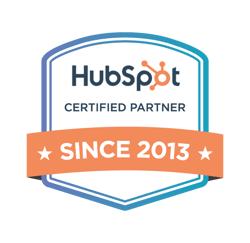What is the definition of customer experience? Customer experience is the impression you leave with your customer after their purchase resulting in how the customer thinks of your brand across every stage of the buyer’s journey. Multiple touchpoints can factor into your customer’s experience, including customer service calls, emails, and product & service feedback. In this blog, we will focus on improving your customer’s experience and optimizing your customer’s journey so they continue to re-engage with your brand and become a brand advocate.
Your customers are one of your organization’s most important assets. Not just because paying customers drives revenue, but customers will be your brand's largest promotors or detractors. If your customers consistently have great experiences with your company, they will become brand promoters and will tell their peers about your organization. However, if your customers have just one bad experience, they could become brand detractors and will be the first to tell others not to work with your brand. We know that customers often share negative experiences more than positive ones, so you need to remember that the customer always comes first. As your biggest potential brand advocate, how can you improve the customer experience using the inbound framework?
Map the Customer Journey:
One of the first things to do is create a customer journey map that outlines their experience once they sign on with your company. A customer journey map should encompass every interaction that you, the company, have control over to ensure that your customers are taken care of every step of the way. A customer journey map includes:
- Customer Onboarding: Depending on your business, you may want to have a customer onboarding email series, including:
- Tips on how to use your product
- Links to customer forums to chat with other customers and peers
- Direct contact information for their primary point of contact
Onboarding helps your customers become more familiar with your product or service. This process should focus on early customer usage of your product or service so your customer becomes more active and engaged with your brand. When you have an engaged customer, you are more likely to retain them. You can automate these emails for a customer onboarding series through your marketing automation platform.
- Email Marketing: Outside of an onboarding series, you should decide on the types of emails your customers should receive and the ones they should be excluded from receiving. For example, your customers should be included in a weekly or monthly newsletter; however, they should be excluded from emails that promote a demo or consultation (because they are already a customer).
- Surveys: It’s important to hear positive and negative customer feedback. Sending regular surveys to your customers is a great way to assess their feelings about your product or service and address any concerns. You can automate these surveys through email marketing or pop-ups on your website that are targeted only to your customers.
- Customer Service Cases or Tickets: Depending on your business and the number of customers you serve, you may need a customer service tool to create support tickets and route those support tickets to the appropriate internal individual or team for follow-up. For example, if a customer has an issue, they can email a specific email address that alerts your team to start the customer’s support experience. Automated support tickets make it easy, fast, and seamless for the customer to request help. Automating the process prevents unresolved issues from causing a negative customer experience. You can then use your marketing automation tool to keep customers updated regarding their ticket status in the queue, who to contact, and any next steps. This is a great way to build a process while maintaining a seamless customer experience.
By mapping this customer journey process, you ensure that your customers receive communications at the right touchpoints. A defined process allows your entire organization to see the customer journey visually. From there, your team can identify any potential gaps in the customer journey and ensure a clear communication path for your customers from the time of purchase through their entire experience. Here is a simple example of how you can start mapping your customer journey.
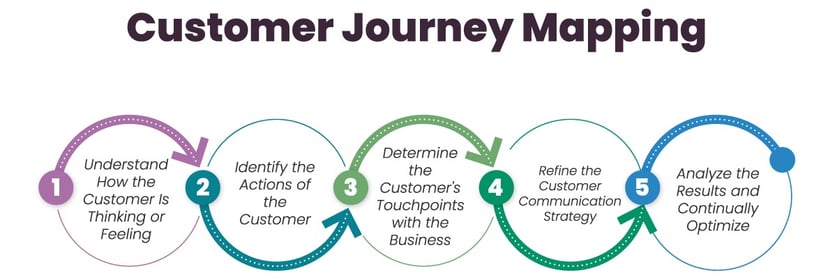
Your customer journey map can become more complex over time, but it’s best to start simple and then expand as you have more data and touchpoints, such as emails, surveys, phone calls, and more.
Are you looking for ways to optimize your inbound strategy? The "book "Mastering Inbound Marketing: Your Complete Guide to Building a Results-Driven Inbound Strategy," written by Elyse Flynn Meyer, Owner & Founder of Prism Global Marketing Solutions, covers every aspect of the inbound marketing methodology, including the revenue generation trifecta of marketing, sales, and the customer experience. Check out the book to see how to most efficiently and effectively develop, implement, and maintain your inbound strategy.

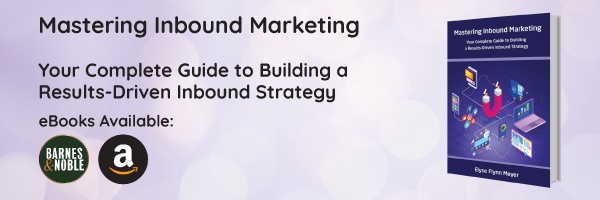
__Square.png?width=250&height=250&name=Marketing_Hub_(1)__Square.png)
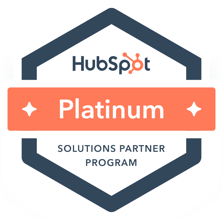
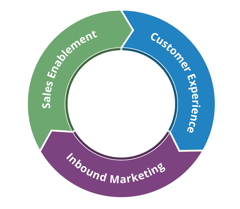


.png?width=250&name=diamond-badge-color%20(1).png)
